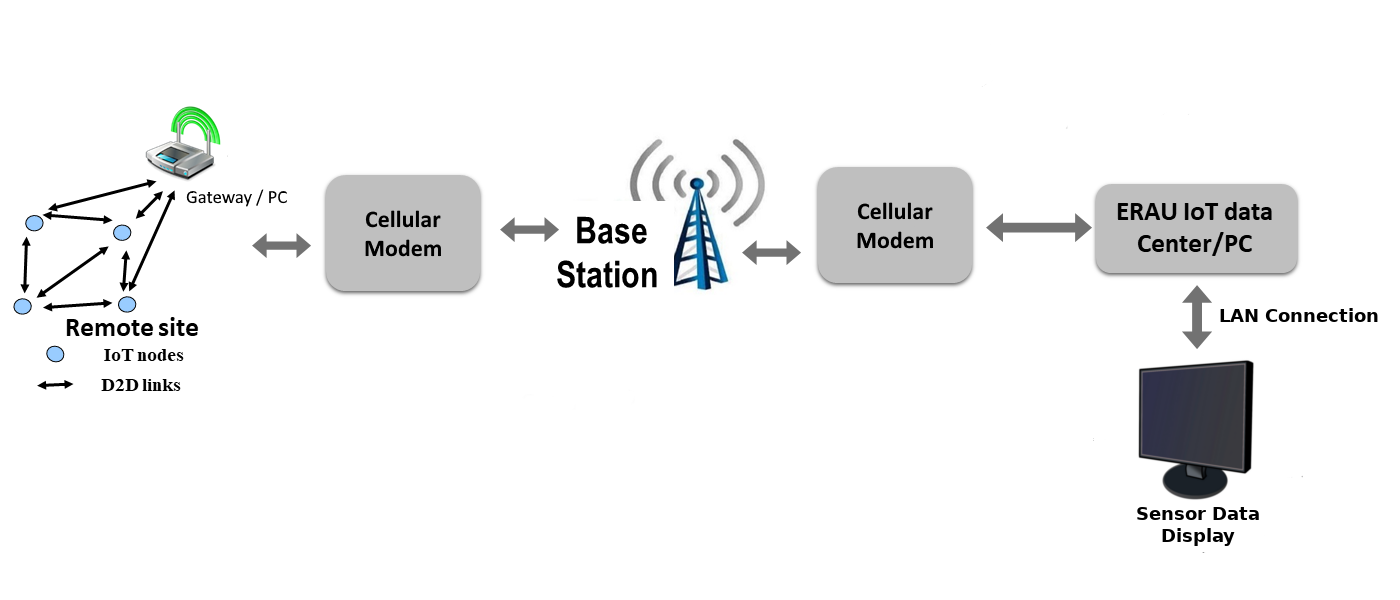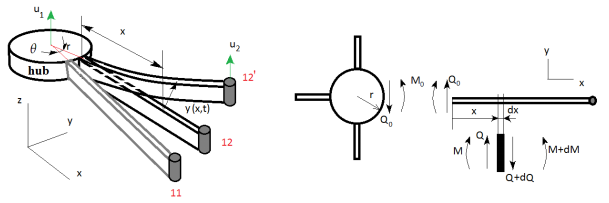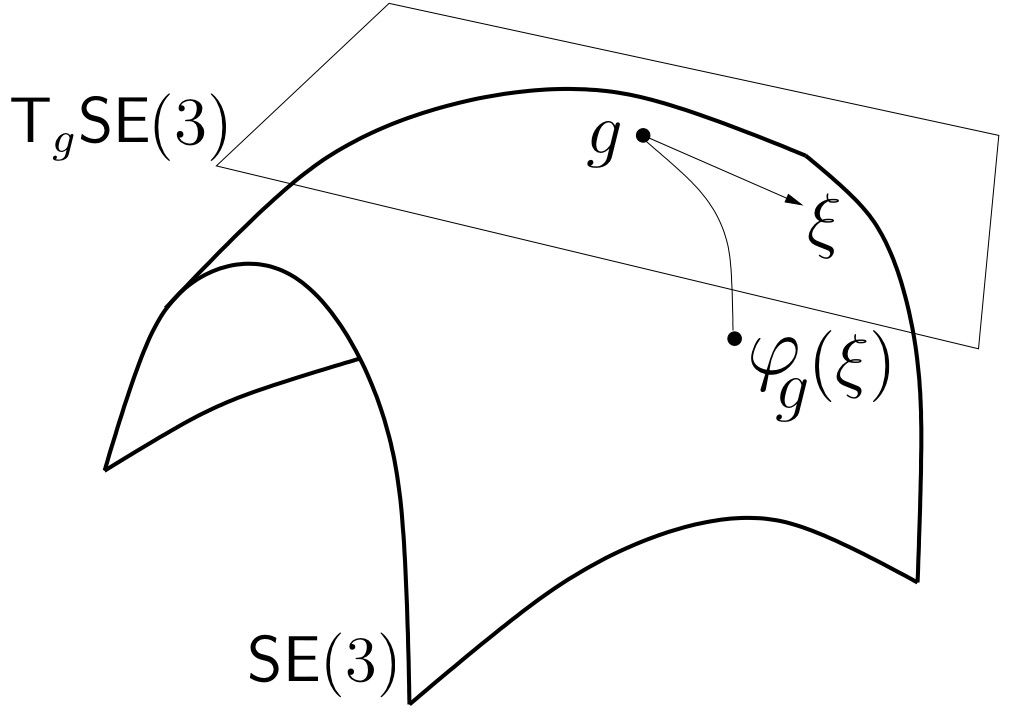201-210 of 238 results
-
Research, Curate, Update content and teaching design, SSCP Official Training Course, to meet 2021 best security practices
PI Michael Wills
Research, curate, and redevelop all course materials to meet 2021 best cybersecurity practices and certification requirements for (ISC)2 Systems Security Certified Professional program
Subject matter expert on this project, which fully rewrote all course materials (900+ pgs and other materials) to bring (ISC)2's foundational information systems security certification program up to current (2021) exam certification needs, industry best practice, and current and evolving information security threat. Consulted with technical reviewer and other subject matter experts as I curated findings drawn from over 200 industry, government, and research sources. Redesigned content flow and structure to establish clarity and consistency in scaffolding, voice, presentation, and ease of use.Categories: Faculty-Staff
-
Usability of Urban Air Mobility: Quantitative and Qualitative Assessments of Usage in Emergency Situations
PI Scott Winter
CO-I Stephen Rice
CO-I Sean Crouse
The purpose of these studies is to determine the usability of urban air mobility (UAM) vehicles in the emergency response to natural disasters and the ideal locations for their take-off and landing sites to occur, consistent with the Center's Theme 2. UAM involves aerial vehicles, mostly operated autonomously, which can complete short flights around urban areas, although their applications are expanding to rural operations as well. While initially designed to support advanced transportation mobility, these vehicles could offer numerous advantages in the emergency response to natural disasters. Through a series of four studies with over 2,000 total participants, quantitative and qualitative methods will be used to identify UAM vehicles' usability in response to natural disasters. The studies will examine the types of natural disasters and types of missions where UAM could be considered usable, along with the creation of a valid scale to determine vertiport usability. Interviews will also be conducted to provide qualitative insights to complement the quantitative findings.
In this proposed series of four studies, our overall purpose will be to determine the usability of urban air mobility in the emergency response to natural disasters. As the concepts of urban air mobility move closer to reality, these mostly autonomous aerial vehicles may provide valuable contributions to our response after natural disasters. However, little prior research has examined the types of natural disasters, types of missions, or locations where UAM could be deployed in the emergency response. The first objective of this research will be to assess the usability of UAM based on the type of natural disaster and type of mission. Following this, the research will develop a valid scale to measure possible locations where UAM operations could be conducted following a natural disaster, such as city parks, building rooftops, or existing helipads. The final objective of this study will be to gather qualitative data through interviews to complement the quantitative findings and offer more significant insights and explanations as to the usability of UAM in response to natural disasters.Categories: Faculty-Staff
-
Assessing If Motivation Impacts General Aviation Pilots’ Persistence in Varying Weather Conditions
PI Sabrina Woods
CO-I Scott Winter
Continued flight under visual flight rules into instrument meteorological conditions is the predominant cause for fatal accidents by percentage, for general aviation aircraft operations. It is possible that a pilot’s motivation or reason for flying will override other safer, more logical courses of action when a hazard presents itself. The decision appears to stem from a willingness to persist in a course of action despite factors that indicate an alternate and safer course is warranted. This research addresses what is currently presumed about the decision to continue flying under visual flight rules into instrument conditions and marries those ideas with the extensive studies on how theoretically affects the decision-making process.
The research used a quantitative factorial experimental design and explored what bearing, if any, does type of motivation, or meteorological condition, or the interaction of the two have on a pilot’s willingness to persist in visual flight rule into instrument meteorological conditions. The researcher applied fundamental motivation theory and aviation regulation in the development of scenarios that were used to assess a pilot’s willingness to persist in unsafe weather conditions, and to determine what role motivation and the weather conditions might have played in that decision. A 3x3 factorial design was followed, and the method of analysis was a two-way mixed analysis of variance.
The independent variable meteorological condition indicated a significant effect on the dependent variable willingness to persist, and the independent variable motivation did not indicate a significant effect. The interaction between meteorological condition and motivation resulted in a significant effect on the dependent variable, particularly in the marginal weather condition, although with a low effect size. This result suggests that those who are motivated to fly for a specific reason or reasons might be more willing to persist over those who have no real reason to be flying. A recommendation for future research is that the experiment be replicated in a direct observation experimental design in either a full or partial motion simulator.
Further defining how motivation and meteorological conditions influence aeronautical decision-making can change the way aviation safety advocates, academics, regulators, and industry approach the issue. The results of this research could help determine what part of aeronautical decision making is objective and what is more subject to a person’s base desires.
Categories: Graduate
-
Distributed Detection and Control of Collective Behaviors in Multi-agent Systems
PI Tianyu Yang
Multi-agent systems can be defined as a group of dynamical systems, in which certain emergent behaviors are exhibited through the local interaction among group members that individually have the capability of self-operating. The key issues we study include the analysis of network controllability and the design of coordination control protocol in order to achieve autonomous and optimal tasking allocation. Also, the detection and resilient control of emergent behaviors in large scale multi-agent systems are of keen interest.
Our analysis is conducted through modeling, detection, learning, and estimation of agent interaction dynamics and interaction topologies, and the design of resilient cooperative control protocols. The projects have been funded by Air Force Research Laboratory Information Directorate (AFRL/RI) Machine Intelligence for Mission Focused Autonomy (MIMFA) program. The projects are in collaboration with researchers from Bradley University
Categories: Faculty-Staff
-
UAS Ground Collision Severity Evaluation
PI Feng Zhu
CO-I Eduardo Divo
CO-I Victor Huayamave
Increased use of UAS requires an in-depth understanding of the hazard severity and likelihood of UAS operations in the NAS. Due to their distinct characteristics (e.g. size, weight and shape) with manned aircraft systems, UAS operations may pose unique hazards to other aircraft and people on the ground.
Up to date, the studies on the UAS ground collision are still very much limited, particularly the scenario of impact between UAS and human body on the ground. Therefore, it is necessary to determine lethality thresholds for UAS using characteristic factors that affect the potential lethality of UAS in collisions with other objects, particularly human body on the ground. The objectives of this study are (1) to analyze the response and failure behavior of several typical UASs impact with human body on the ground; and (2) establish the damage threshold of UAS and its correlation with the key parameters in the crash accidents (e.g. shape, size and materials of UAS; impact energy and impulse etc.). To achieve this goal, advanced computational modeling techniques (e.g. finite element method/FEM) will be used to simulate the typical UAS/people impact scenarios.Based on the results, a design guidance can be further suggested to improve the crashworthiness of UAS and safety of personnel on the ground.
Conventional 14 CFR system safety analyses include hazards to flight crew and occupants may not be applicable to unmanned aircraft. It is necessary to determine the dedicated hazard severity thresholds for UAS and identify the key factors that affect the potential severity of UAS in collisions with other aircraft on the ground or in airborne encounters as well as collisions with people on the ground. These severity thresholds will help determine acceptable corresponding system failure levels in accordance with the applicable 14 CFR requirements (for example 14 CFR 23.1309 and 14 CFR 25.1309).
Categories: Faculty-Staff
-
Media Literacy and Online Critical Thinking Initiatives
PI Diane Zorri
CO-I Ann Phillips
CO-I Daniel Gressang
CO-I Matthew Sharp
CO-I Mihhail Berezovski
CO-I Rachel Silverman
CO-I Steven Master
This project proposes a train-the-trainer professional development program for Volusia county’s secondary school educators to co-opt pedagogical tools and methods that challenge online violence mobilization narratives, increase awareness of violent extremist messaging and recruiting, and increase the capabilities of targeted populations to resist and counter messaging.
Participants of Embry-Riddle Aeronautical University’s train-the-trainer seminars will identify problematic online and media messages that could lead to radicalization to violent extremism, critically evaluate the problematic assumptions, data, or logic of those messages, and develop pedagogical strategies for teaching their own students to recognize and critically evaluate those messages. This applicant fulfills the grant program priority to achieve diversity of project type.Categories: Faculty-Staff
-
Wireless Communication Testbed for Internet-of-Things Research

Research work to develop Wireless IoT Testbed at ERAU – Prescott campus. The testbed developed currently has three nodes, and is being used for Research and Teaching (EE424-Wireless Communications).
Sponsor: Embry-Riddle Aeronautical Univ. (ERAU), Faculty Innovative Research in Science and Tech. (FIRST), grant#13462.
Budget & Role: $25,000, Principal Investigator
Categories: Faculty-Staff
-
Microfluidic Chip & Magnetic 3D Bioprinting Research
Breast and colon cancer are the leading causes of death in developed countries (e.g., U.S.) and are highly associated with numerous risk factors including genetics, diet, obesity, cigarette smoking, hypertension, stress, and spaceflight stressors. Despite advances in the diagnosis and treatment of cancer, the mortality rates are still high and the potential mechanisms driving the metastatic potential of the cancer cells are still not well characterized.
Categories: Faculty-Staff
-
Flexible Body Control Using Fiber Optic Sensors (FlexFOS)

The objective of this research is to provide a precise measurement and robust control framework using fiber optic strain sensors for the total motion of rigid body and flexible body components.
Categories: Graduate
-
Development of an SE(3)-based Rigid Body Pose Estimation Scheme for Unknown Moments of Inertia in a Spacecraft
 The objective of this proposal is the development of an SE(3)-based rigid body pose estimation scheme for unknown moments of inertia in a spacecraft. This estimator design will a) account for translation/rotation coupling, b) avoid singularity or non-uniqueness issues, c) gain high level of convergence, and d)account for system uncertainties.
The objective of this proposal is the development of an SE(3)-based rigid body pose estimation scheme for unknown moments of inertia in a spacecraft. This estimator design will a) account for translation/rotation coupling, b) avoid singularity or non-uniqueness issues, c) gain high level of convergence, and d)account for system uncertainties.
Categories: Graduate
201-210 of 238 results
